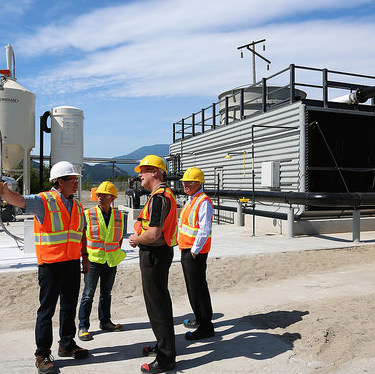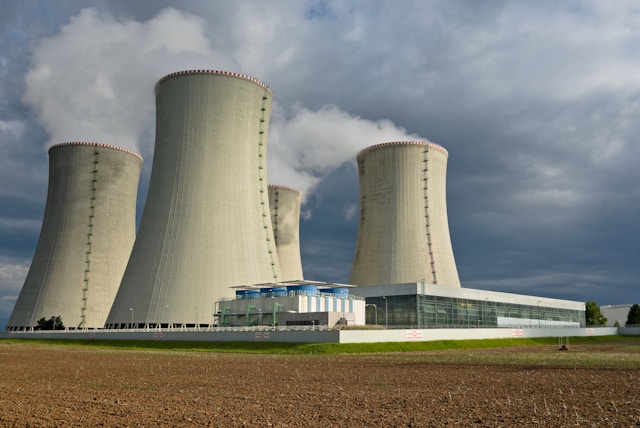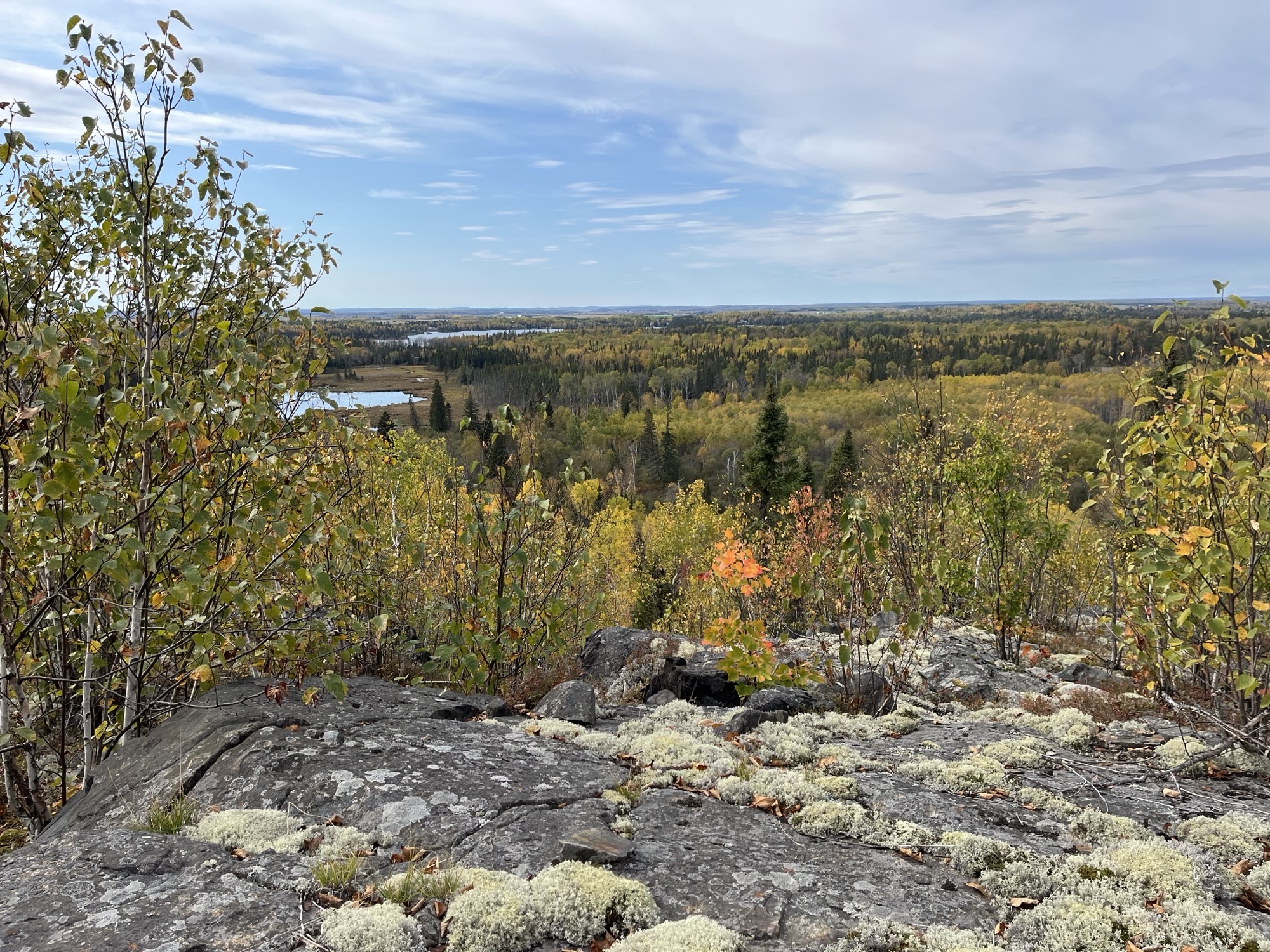Squamish, B.C. is site of innovative carbon capture project

Carbon Engineering's air contactor, fully installed. — Photo courtesy Carbon Engineering A pilot project in the coastal mountains north of Vancouver
Carbon Engineering's air contactor, fully installed. — Photo courtesy Carbon Engineering
A pilot project in the coastal mountains north of Vancouver has started sucking carbon dioxide (CO2) out of the atmosphere with the eventual goal of turning the gas into low-carbon fuel.
Built and operated by Calgary-based Carbon Engineering, the $9-million plant in Squamish, B.C., will capture about one tonne of CO2 per day, which is the equivalent of taking about 100 cars off the road annually.
“We are currently in the beginning stages of operating the pilot plant continuously,” said Geoff Holmes, Carbon Engineering business development manager. “Upon conclusion of a successful pilot, we intend to scale up the technology by building a first-of-its-kind commercial plant.”
The facility works by moving large volumes of air through a piece of equipment where a liquid solution absorbs CO2 and transforms it into pellets of calcium carbonate. The pellets are then heated to 800 to 900 degrees Celsius and break down, releasing pure carbon.
Holmes said the Squamish site was selected because it is close to technical partners in the B.C. Lower Mainland that helped Carbon Engineering build the high-temperature calciner component of the plant.
“The site that was chosen was a former chemical facility and we were able to reuse some of the existing infrastructure and work with the many engineering firms with experience in the chemical industry that are located nearby,” he said. Carbon Engineering's strategy is to develop a low-risk, chemical-based CO2 air capture system that minimizes up-front capital costs and eases the path to commercial scale.
“Our low technical-risk strategy, along with the design commonalities our process shares with proven chemical or mineral-processing industries, such as pulp and paper, puts the company's air capture system on the most direct path to commercialization and deployment at industrial scale,” Holmes said.
Holmes said there are no technical limits to scaling air capture technology.
“Our plant design hits maximum scale at about one million tons of CO2 per year,” he said. “So, in principle, a great many plants could be built.”
Holmes said the real limit is the extent to which jurisdictions choose air capture over other methods to cut exhaust emissions.
“In other words, the limits are social in nature, not technical,” Holmes said.
A commercial design using Carbon Engineering technology would be able to achieve capacities of up to one million tons of captured CO2 per year.
“Whether the plant is used to sequester CO2 or to produce carbon-neutral fuels, it would be mitigating emissions from roughly 250,000 cars,” Holmes said. “That's a very powerful concept.”
Carbon Engineering plans to build on this technology by developing another system that will turn the captured carbon into usable transportation fuel by adding hydrogen from such renewable sources as solar, wind or hydro.
“The fuel created using our captured CO2 can be used by any gasoline-powered transportation vehicle – cars, buses and trucks for example,” said Holmes. “The idea is for it to easily work with existing infrastructure and, as government standards and incentives continue to increase, create an even more appealing fuel option for vehicles that can’t switch to battery power.”
In addition, the company thinks municipalities could partner with it to develop carbon-neutral public transportation.
The company is looking at markets in the United States for the low-carbon fuel it plans to produce.
“California is leading the U.S. in clean energy policies,” Holmes said. “Its low-carbon fuel standard and its plans for cap-and-trade programs and carbon taxes provide financial incentives for end-users to embrace low-carbon fuel alternatives, which makes it a viable market for us.”
Hawaii is another potential market.
“The state has strong renewable policies and incentives,” Holmes said. “The price-point for fuel is also much higher, as it has to be trucked and shipped into the state. Even here, in Alberta and BC, there’s a strong desire for low-carbon fuels, plus quickly evolving carbon policies.”
Carbon Engineering was founded in 2009 by Professor David Keith when he was the Canada Research chair in energy and environment at the University of Calgary. Today Keith is the company’s executive chairman and a professor of public policy and applied physics at Harvard University. The company is led by CEO Adrian Corless, a veteran of the clean tech and fuel cell industries.
Squamish, British Columbia
Squamish is located at the head of Howe Sound, approximately half-way (40 miles in either direction) between Vancouver and Whistler.
The small municipality (population just under 20,000) bills itself as the Outdoor Recreation Capital of Canada. Whether or not Squamish is in fact the capital, it is certainly one of its principle jurisdictions.
Attractions include the Stawamus Chief, a huge cliff-faced granite massif that is enjoyed by rock climbers.
According to the municipality, there are more than 1,200 rock-climbing routes in the Squamish area, and another 300 or so climbs north of Squamish on the road to Whistler.
Another activity for which Squamish is known is mountain biking, with over 600 trails.
Other tourist attractions in Squamish are Shannon Falls waterfall; river-rafting on the Elaho and Squamish rivers; wind surfing and kite surfing at the mouth of the Squamish River; snowmobiling on nearby Brohm Ridge; and bald eagle viewing in the community of Brackendale, which has one of North America's largest populations of bald eagles.
Squamish is located at the head of Howe Sound, approximately half-way (40 miles in either direction) between Vancouver and Whistler.
The small municipality (population just under 20,000) bills itself as the Outdoor Recreation Capital of Canada. Whether or not Squamish is in fact the capital, it is certainly one of its principle jurisdictions.
Attractions include the Stawamus Chief, a huge cliff-faced granite massif that is enjoyed by rock climbers.
According to the municipality, there are more than 1,200 rock-climbing routes in the Squamish area, and another 300 or so climbs north of Squamish on the road to Whistler.
Another activity for which Squamish is known is mountain biking, with over 600 trails.
Other tourist attractions in Squamish are Shannon Falls waterfall; river-rafting on the Elaho and Squamish rivers; wind surfing and kite surfing at the mouth of the Squamish River; snowmobiling on nearby Brohm Ridge; and bald eagle viewing in the community of Brackendale, which has one of North America's largest populations of bald eagles.



